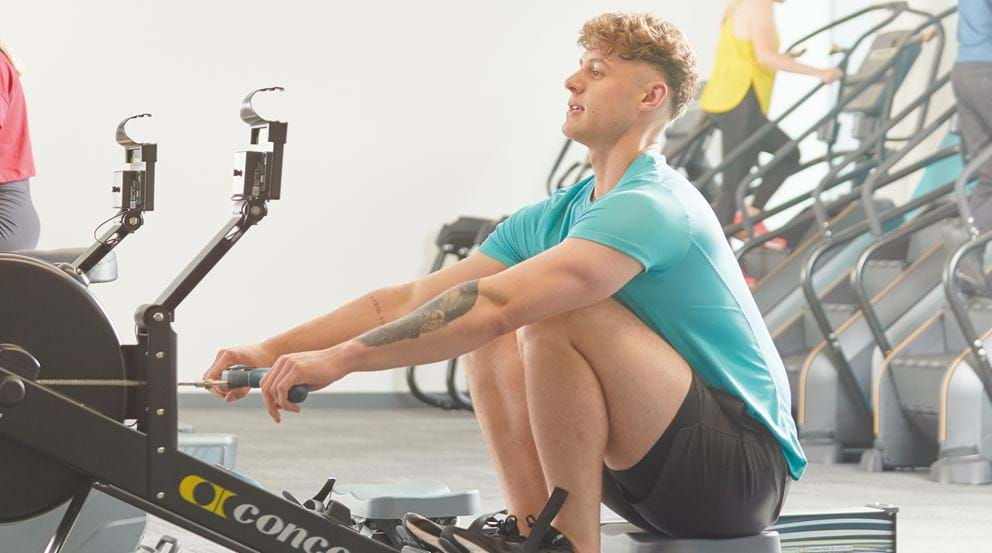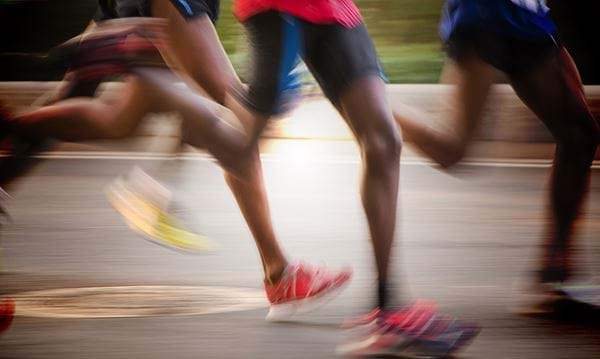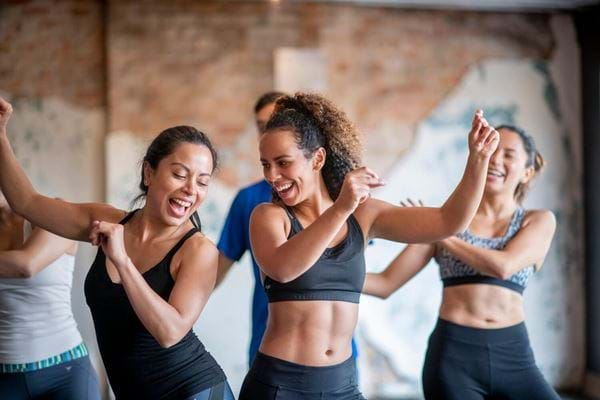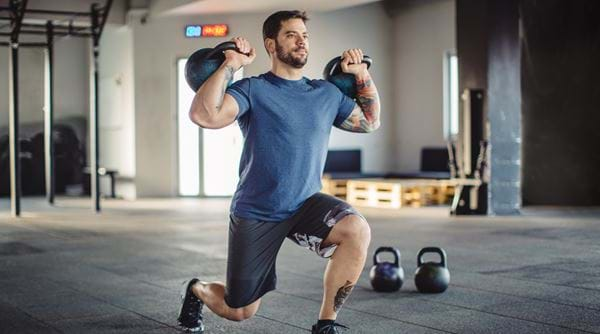Discover the Rowing Machine: Your Key to a Full-Body Workout

What Is A Rowing Machine | Benefits Of Rowing Machines | How To Use It | Is The Rower Good For Weight Loss | 5 Rower Workouts
While treadmills and weightlifting stations often steal the spotlight at the gym, the rowing machine remains an underrated gem with the potential to revolutionise your workout routine and improve your overall fitness levels. Follow our step-by-step guide below to explore the incredible benefits of including this fantastic piece of gym equipment in your fitness routine.
What Is A Rowing Machine?
A rowing machine (indoor rower, or just rower) is a piece of cardio workout equipment that simulates the movement of rowing. You’ll typically find it consists of a sliding seat, footrests, handlebar, and some way of adjusting the resistance. Most also come equipped with performance monitors to track distance, time, speed, stroke rate and calories burned. In gyms, you’ll usually find the rower near other cardio equipment like the elliptical, treadmill or stair machine.
What Are The Benefits Of Using A Rowing Machine?
The rower is one of the most functional, effective pieces of cardio equipment and there are countless benefits:
-
Offers a full-body workout - you’ll be using your upper body, lower body and core when exercising on the rower, so you can look forward to comprehensive training with just one piece of equipment.
-
Boosts cardio fitness - rowing increases your heart rate and oxygen intake, boosts endurance and is great for heart health, making it an excellent form of cardiovascular exercise.
-
Low impact - compared to cardio like running or jumping, rowing is much lower impact, putting far less stress on your joints. This reduces the risk of injuries while still offering an intense, high-energy workout.
-
Calorie burning - as with most cardio workouts, rowing is great for burning calories and, if combined with a calorie deficit, can help support weight loss efforts.
-
Muscle toning - as you’re working most of the muscles in your body by rowing, you’ll also be building strength and power and increasing your overall muscle tone.
-
Joint mobility and flexibility - rowing involves a full range of motion which can help your joints stay supple - this, in turn, can lead to better joint health as you get older.
-
Time efficient - as rowing is a full-body workout, you can engage multiple muscle groups with just one workout, saving you time if you’re in a rush.
-
Convenient - the rowing machine is a fantastic option if you want to enjoy all of the benefits above but don’t have the means, access or desire to row on water. With one piece of kit, either at the gym or at home, you can have a well-rounded fitness routine that works your whole body.
What Muscles Does A Rowing Machine Work?
As mentioned above, the rowing machine is good for a full-body workout, meaning pretty much all the muscles in the body are targeted. The lower body, core and upper body are worked with each row – in fact, the knees, hips, arms, and shoulders will each see 90 to 130 degrees of rotation in every stroke, which is more than you’ll find in most other aerobic activities.
Rowing also works your cardiovascular system, as your heart rate elevates and you increase oxygen consumption. While the specific muscle activation may vary depending on the rowing technique, intensity, and individual differences, the main muscles you can expect to target are:
-
Legs: quadriceps, hamstrings, glutes
-
Back: lats, rhomboids, trapezius, erector spinae
-
Core: abdominal muscles (rectus abdominis, transverse abdominis and obliques)
-
Arms: biceps, brachialis, brachioradialis, forearm flexors and extensors
-
Shoulder: deltoids
How To Use The Rowing Machine
Rowing machines are quite intuitive to use, so even if you’ve never stepped foot on a rowing boat or seen a rower in your life, you should have no problem getting started. Simple follow the steps below and you’ll be up and rowing in no time - just don’t forget to warm up before each session and cool down with some light stretching afterwards:
-
Set up the rowing machine: The footrests have different slots to suit a range of foot sizes - you’ll want to adjust this so your feet stay secure. Check you’re happy with the resistance level and the seat feels comfortable.
-
Take your starting position: Sit on the seat with your back straight and legs bent. Take the handle with both hands slightly wider than shoulder-width apart and palms facing downwards.
-
Start to row: Push off with your legs, extending them fully as the seat slides back - your legs are your primary source of power, so you’ll start with them before following with your arms. Lean back slightly, keeping your core engaged as you pull the handle towards your lower chest, driving your elbows back. Once you’ve fully extended your legs, quickly reverse the movements to return to starting position, bending your knees, sliding the seat forward and then extending your arms so the handle moves away from your body.
Make sure to keep your back straight, core engaged and shoulders relaxed throughout, while maintaining a smooth, consistent stroke rate.
Are Rowing Machines Good For Weight Loss?
As with most types of exercise, the rower can be an effective tool for weight loss as the full-body nature of this workout leads to high calorie expenditure. However, it’s worth noting that weight loss can also depend on various factors such as diet, metabolism, sleep and stress levels. Combining activities like rowing with a healthy, balanced diet will offer the best results.
Five Rowing Machine Workouts To Try
While you’ll see plenty of benefits from simply hopping on the rower and completing a steady-state workout, one of the best ways to maximise the value you take from the rowing machine is HIIT (high-intensity interval training). We’ve written about HIIT rowing machine workouts here, along with some detailed examples, but as a starting point you could also try some of the below:
-
500m sprint followed by 1 min’s rest - repeat for 4 to 5 sets (aim to keep your 500m sprint times even)
-
2000m time trial (the “gold standard” of most rowing workouts)
-
1-minute sprint followed by 1 min of active recovery (keep rowing, but slower) - repeat for 6 to 8 mins
-
Tabata row - 20 secs as hard as possible followed by 10 seconds of complete rest - repeat for 8 intervals
-
500m followed by 1 minute of rest, then 1000m followed by 2 minutes of rest, then 1500m followed by a 3-minute rest, then 1000m with a 2 min rest and finally 500m
At PureGym, we run a range of fitness classes to help elevate your workouts. Otherwise, you can book a session with a personal trainer who’ll be able to give you advice and guidance on how to get the most from your fitness routine. Find a PureGym near you and sign up today.


